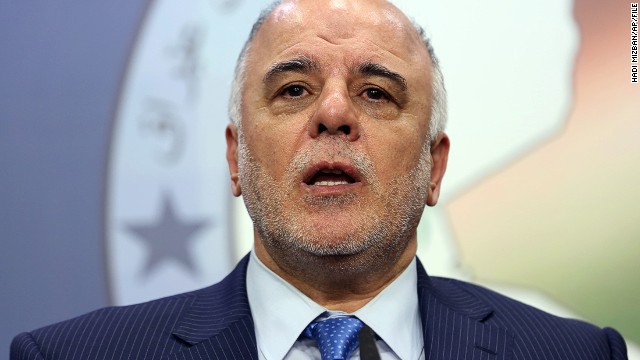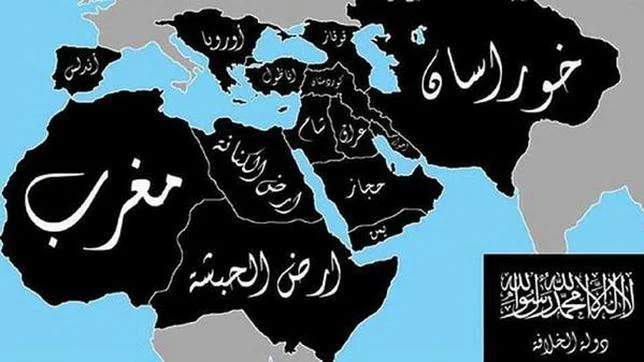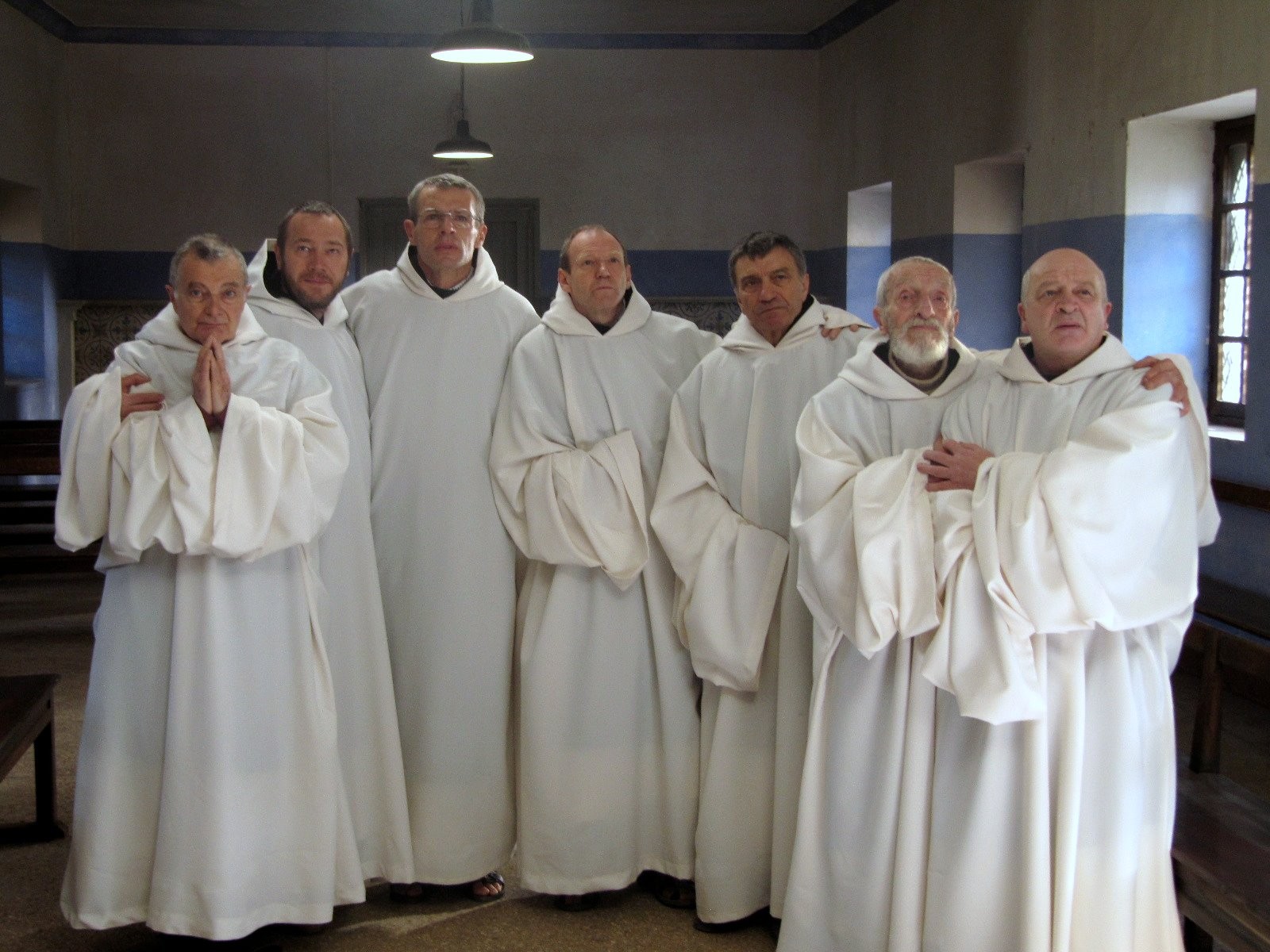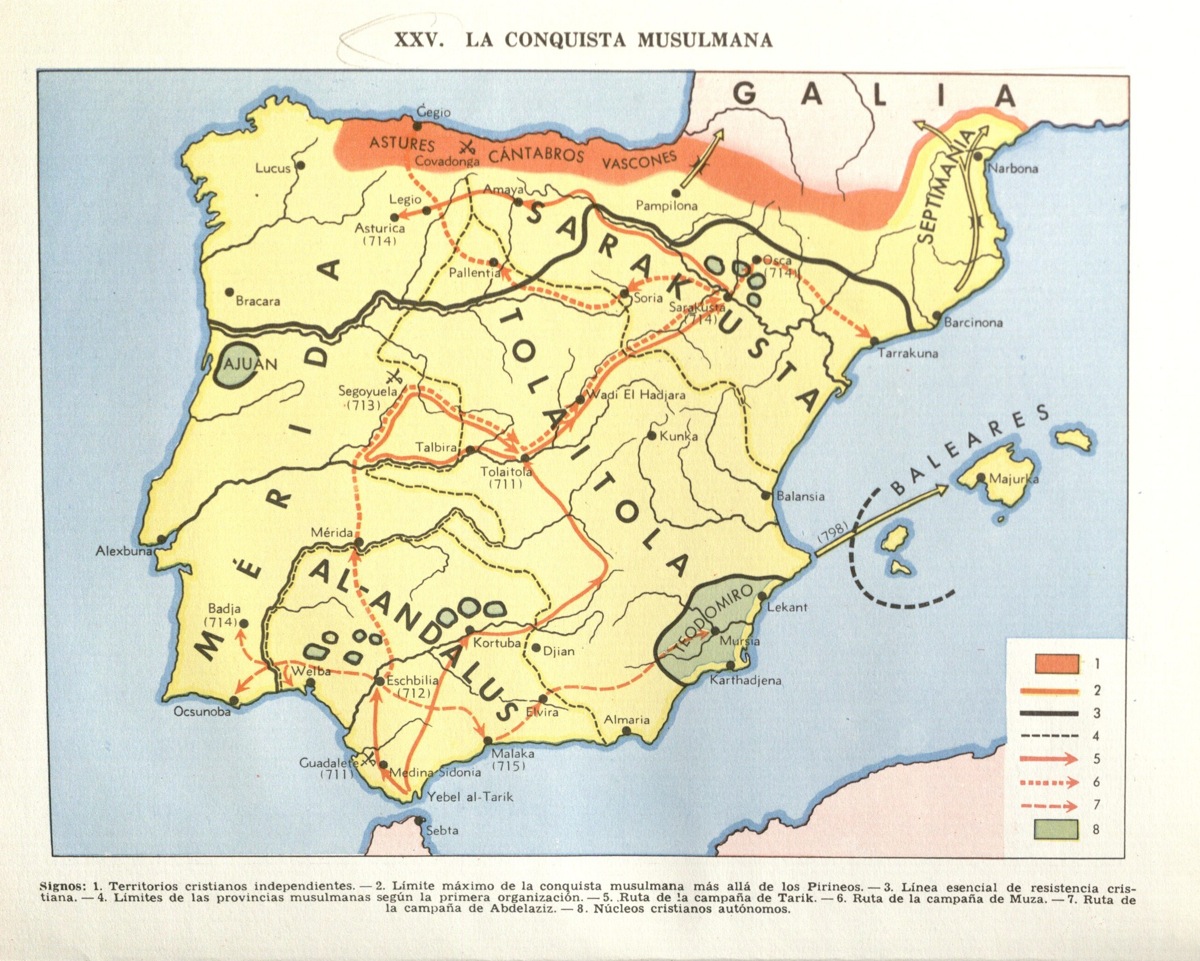(CONTINUACIÓN)
La estrategia operativa de los grupos yihadistas se centra en nunca dejarse empeñar por el Ejército en combates perdidos por adelantado. Sus técnicas y tácticas son: La movilidad continua y previsora. La dispersión y la infiltración en la lucha urbana, adelantándose en una defensa flexible, desgastante, con cesión de espacio. Las acciones pequeñas, dispersas y más o menos simultáneas o secuenciales en un área. La huida escalonada. La lucha con objetivos limitados y en condiciones ventajosas temporales. El abandono de posiciones defensivas desfavorables, obligando al enemigo a desplegarse y prepararse para el ataque en el vacío. Ellas le ganaron al EISI un tiempo grande para sobrevivir hasta ahora en Irak.
 VEHÍCULO KURDO ENARBOLANDO SU ESTANDARTE.
VEHÍCULO KURDO ENARBOLANDO SU ESTANDARTE.
En las ocupaciones temporales de poblaciones grandes, los yihadistas extienden sus posiciones defensivas más allá de lo necesario en la defensa convencional, cubriendo así una mayor superficie. Sus “puntos de retardo” son difusos y ocultos e imperceptibles para los extraños. Hay que entrar en las casas para detectar paredes perforadas y encontrar pasadizos bajo un mueble o una alfombra. La destrucción que genera el fuego pesado impreciso terrestre y aéreo, refuerza sus posiciones de combate, rodeándolas de cascotes que dividen y dificultan los accesos del enemigo. Salvo cuando son alcanzadas por un impacto directo o sufren un costoso bombardeo de zona del enemigo. Los nidos de resistencia tienen más importancia en esta forma de lucha, porque la ocupación de la zona de defensa es más tenue, las posiciones no pueden fortificarse demasiado, las vistas son más cortas y existen numerosas vías de aproximación. Ellos dependen de los puntos de retardo y a ellos se repliegan si son invadidos o destruidos. Existen numerosas posiciones alternativas o de recambio. Esta estructura permite engañar al enemigo invasor sobre el límite anterior de la posición de defensa, su verdadera extensión, los límites de los sectores que la forman, el interés del mando rebelde en la defensa real de la zona y dispersar el fuego pesado del atacante. Los obstáculos y trampas de los yihadistas al avance del enemigo en sus áreas controladas es numeroso y omnipresente: minas, trampas explosivas y aparición sorpresiva de vehículos y muyahidines explosivos, sirviéndose de túneles y desde vías camufladas inmediatas.
Las bases del Estado Islámico. Su destrucción.
Los terrenos de esta gran región geopolítica carecen en general de ocultamientos y cubiertas naturales, en forma de bosques, matorrales extensos y montañas. Esto hace que los únicos refugios y estancias temporales para los bandas rebeldes se formen en torno a las aldeas y poblaciones. Las cuales se suelen agrupar, formando alargadas hileras, que se aprecian luminosas en la noche desde el cielo, a lo largo de los ríos. En este medio hay ojos avizores por todas partes. Y los movimientos guerrilleros se realizan a la vista de todos. Además, no todas las poblaciones son defendibles de los poderosos medios militares, ni los insurrectos tienen la intención de hacerlo, en una defensa rígida.
 POSICIONES URBANAS CONTROLADAS POR LOS DISTINTOS ENEMIGOS AL INICIO DEL CALIFATO, HOY DECADENTE Y ACORRALADO.
POSICIONES URBANAS CONTROLADAS POR LOS DISTINTOS ENEMIGOS AL INICIO DEL CALIFATO, HOY DECADENTE Y ACORRALADO.
Esas bases son las localizaciones geográficas controladas indefinidamente por los yihadistas salafistas. Ellos se apoyan físicamente en las bases para reformar, consolidar, entrenar y aumentar sus fuerzas. Desde ellas, actuando como su principal “base de partida”, lanzan incursiones y sus ataques con objetivo limitado sobre su enemigo, buscando hostigarlo o expulsarlo del territorio inmediato que ocupa. La creación de esos núcleos semipermanentes yihadistas depende de la medida en que sea derrotado y expulsado de ellos, con consistencia y duración, el enemigo militar. Desde las bases se lleva a cabo la captación de simpatizantes y militantes del grupo revolucionario. Que no se efectúa apenas entre los pobladores, sino que, en su mayor parte, vienen ya motivados y decididos desde fuera. Y esto es así aunque una parte de su esfuerzo en el área de acción y propaganda se realice produciendo vídeos, entrevistas, gacetas y papeles por medios audiovisuales inalámbricos variados: la edición, la producción y la emisión se localiza en sus bases. En las bases, la acción socio política del EIS es tan intensa o más que la formación y el entrenamiento militar de los “muyahidines de Allah”. Ella es necesaria para establecer y asegurar la motivación y la lealtad de los combatientes a la causa yihadista en el medio hostil que les rodea y acosa.
Los grupos yihadistas salafistas han fracasado en incorporarse activa y firmemente a un grupo social amplio, que dé cobertura e impulso permanente a su “movimiento socio religioso imperialista”. Este alejamiento socio emocional de las masas locales hace indefectiblemente que el apoyo de los vecinos a los grupos terroristas sea involuntario, no atractivo, siempre interesado y desmotivado. Con ello las bases del EIS pierden su función de educación de las masas pobladoras, para captar, crear e incorporar nuevos voluntarios y simpatizantes activos a los grupos; para practicar y perfeccionar los métodos de acción, educación y propaganda. Y para asegurar a los grupos activos una retaguardia estratégica protectora y acogedora, en la que no necesiten estar también en guardia hacia los de dentro.
Las bases son formas socio militares con “estructura regular” de los yihadistas. Ellas presentan continuos y numerosos objetivos a la acción de los medios pesados de sus enemigos, la aviación y la artillería. Unos son “blancos de oportunidad”, como los movimientos de todas clases de los terroristas y el descubrimiento de nuevas posiciones, y otros son blancos “duros”, conocidos o explorables: infraestructuras viarias, almacenes, refugios, centros de reunión o de mando y de comunicaciones, posiciones de combate, de fuego de apoyo y de defensa contra aeronaves, observatorios, transporte de bienes de todas clases, destiladoras de petróleo crudo, etc.
 TANQUE IRAQUÍ CON BANDEROLA CHIÍ.
TANQUE IRAQUÍ CON BANDEROLA CHIÍ.
Tradicionalmente, las bases guerrilleras o rebeldes han estado protegidas del ataque de los militares por la distancia, como en China, la inaccesibilidad (montañas, selvas) o la dificultad de las formas de lucha (la lucha dentro de un poblado presenta inmensos islotes ocultos a las vistas y protegidos por paredes de todas clases, que se refuerzan con su destrucción parcial y la acumulación de cascotes). Y esas bases yihadistas son el único blanco sustancial, quieto y definido que ofrecen las bandas terroristas. Donde hacerles sentir toda la superior y disponible potencia del fuego y el choque militares. Donde se les puede aislar por sectores, para batirles por partes, sin que éstas puedan colaborar en el plan de defensa decidido. Ni pueden huir, si el cerco de la base es firme. El Estado Islámico de Irak y Siria, sin embargo, creó sus bases, desde el mismo principio de su existencia, al lado de sus enemigos y accesibles a ellos. Y no han sido atacadas en fuerza y perturbadas por las vergonzosas incapacidades terrestres de sus enemigos regionales. Y esto lo conocía y lo ha valorado muy bien al-Baghdadi, al decidirse a crearlas así, con un fino “sentido correcto del mando” conductor y de la estrategia de estado.
 UNA SECCIÓN DE BLINDADOS IRAQUÍES EXHIBE SUS INSIGNIAS CHIÍES…
UNA SECCIÓN DE BLINDADOS IRAQUÍES EXHIBE SUS INSIGNIAS CHIÍES…
Contra ellas comienzan a actuar, con un nuevo espíritu y otras motivaciones que no brindan los entrenamientos, las milicias de peshmergas, chiíes y sunníes y los ejércitos nacionales de Irak y Siria. Que han tardado más de dos años en comenzar a actuar contundente y consistentemente contra las bases del Estado Islámico de Irak y Siria… El problema que algunos ya ven en lontananza, es que la «pacificación» de la provincia de Nínive se perjudique y corrompa por las represalias y la «reeducación» que impongan los chiíes a sus habitantes sunníes. Y que se vuelva al «bucle sin fin infernal» de abusos y venganzas sectarias en un país donde tienen que convivir y respetarse 3 etnias. Pero que «tradicionalmente se han odiado entre sí» y «reunirlas para formar una nación, es una invitación al desastre», como predijo el gobernador administrador británico de Irak, Arnold Wilson, tras la I Guerra Mundial.
(FINAL)

 EL EJÉRCITO IRAQUÍ «LIBERANDO» MOSÚL, LLEVA EN SUS VEHÍCULOS ESTANDARTES CHIÍES…
EL EJÉRCITO IRAQUÍ «LIBERANDO» MOSÚL, LLEVA EN SUS VEHÍCULOS ESTANDARTES CHIÍES… QASSEM SULEIMANI, JEFE DE LAS BRIGADAS AL-QUDS (JERUSALÉN) DE LOS PASDARAN.
QASSEM SULEIMANI, JEFE DE LAS BRIGADAS AL-QUDS (JERUSALÉN) DE LOS PASDARAN. HAIDER AL-ABADI.
HAIDER AL-ABADI. ABU BAKER AL-BAGDADI EN 2004.
ABU BAKER AL-BAGDADI EN 2004. AL-BAGDADI PROCLAMA EL CALIFATO EN JUNIO DE 2014.
AL-BAGDADI PROCLAMA EL CALIFATO EN JUNIO DE 2014. ANAGRAMA DEL EJÉRCITO DE LA CONQUISTA SIRIO.
ANAGRAMA DEL EJÉRCITO DE LA CONQUISTA SIRIO. BOMBARDEOS DE ZONA EN SIRIA.
BOMBARDEOS DE ZONA EN SIRIA. EL CALIFATO PROMETIDO Y FALLIDO…
EL CALIFATO PROMETIDO Y FALLIDO… ABU MOHAMED AL-GOLANI.
ABU MOHAMED AL-GOLANI. AYMAN Y OSAMA.
AYMAN Y OSAMA. AL-SHAFII, LEADER OF ONE OF THE ISLAM’S IDEOLOGICAL SCHOOLS.
AL-SHAFII, LEADER OF ONE OF THE ISLAM’S IDEOLOGICAL SCHOOLS. THE «GREAT OR INNER MOSLEM JIHAD»…
THE «GREAT OR INNER MOSLEM JIHAD»… AL-AZHAR UNIVERSITY, CAIRO.
AL-AZHAR UNIVERSITY, CAIRO. AL-AZHAR’S RECTOR WITH TAWADROS II, THE 112th COPTIC PATRIARCH…
AL-AZHAR’S RECTOR WITH TAWADROS II, THE 112th COPTIC PATRIARCH… SIR ARNOLD WILSON.
SIR ARNOLD WILSON. THE 7 BENEDICTINE MONKS BEHEADED BY ALGERIAN ISLAMIST TERRORISTS.
THE 7 BENEDICTINE MONKS BEHEADED BY ALGERIAN ISLAMIST TERRORISTS. THE JIHAD PROPAGANDA IN EUROPE…
THE JIHAD PROPAGANDA IN EUROPE… PENTAGON IS FORCING ISIS TO MOVE BACK IN SYRIA…
PENTAGON IS FORCING ISIS TO MOVE BACK IN SYRIA… BOMBERS’ ATTACKS OVER ISIS POSITIONS.
BOMBERS’ ATTACKS OVER ISIS POSITIONS. DIVISION GENERAL QASSEM SULEIMANI.
DIVISION GENERAL QASSEM SULEIMANI. A KNOWN BRITISH INSTIGATOR OF THE LONE ATTACKS
A KNOWN BRITISH INSTIGATOR OF THE LONE ATTACKS THE 4 RIGHTLY GUIDED (BY ALLAH) CALIPHS (THE RASHIDUN)…
THE 4 RIGHTLY GUIDED (BY ALLAH) CALIPHS (THE RASHIDUN)…
 VISIGOTHIC SPAIN WAS CONQUERED IN A FEW YEARS, BY FEW MEN AND WITHOUT MARTYRS… PROBABLY WITH THE HELP OF THE POWERFUL HISPANIC ARRIANS…
VISIGOTHIC SPAIN WAS CONQUERED IN A FEW YEARS, BY FEW MEN AND WITHOUT MARTYRS… PROBABLY WITH THE HELP OF THE POWERFUL HISPANIC ARRIANS…